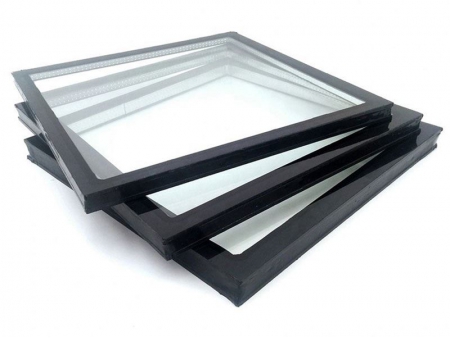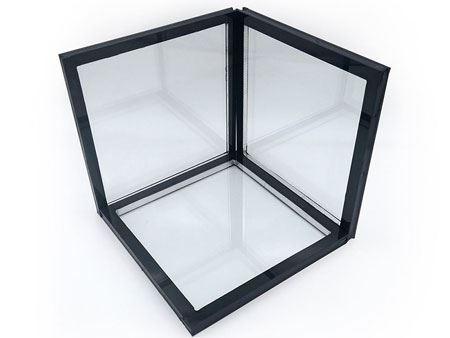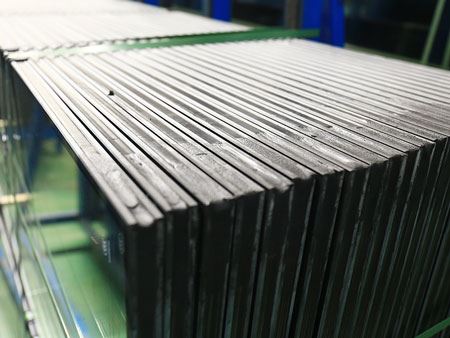Insulated Glass
Gas Interlayer: dry air, argon or vacuum
Spacer Types: aluminum, steel, stainless or super spacer
Spacer Thickness: 6 mm, 9 mm, 12 mm, 15 mm, 16 mm, 19 mm, 24 mm, 27 mm, and etc.
Sealant Type: PIB primary seal, polysulphide, silicone or hot melt butyl secondary seal
Glass Option: clear float glass, ultra clear float glass, tinted glass, ceramic tempered glass, and etc.
Low-E Option: single silver, double silver, triple silver
Size: min. size 300x300mm to max. 3300x12000mm, custom size acceptable
Standard: GB11944-ccc (China), EN1279-CE (EU), AS/NZ4666-CSI (Australia), ASTM E2190 (US)
Insulated glass units, or double glazing glass or hollow glass, are a type of glass that is great at keeping noise out and heat in. They are made by sandwiching two or more glass panes together with a gap filled with dry air or an inert gas. The panes are then sealed with a strong adhesive to an aluminum frame containing a desiccant to prevent moisture buildup. The gas filling in the middle helps insulate and keep sounds from passing through, which makes them great for energy-saving and environmental requirements.
There are different types of glass that can be used to make IGUs, such as clear float glass, laminated glass, colored glass, coated glass, low-E glass, and tempered glass. By using these different types of glass, IGUs can be customized to suit a variety of color schemes, insulation and soundproofing needs, and energy-saving and environmental concerns.
- Hollow insulated glass: consisting of two glass panes, made of flat or tempered float glass.
- Triple/multi layered insulated glass: consisting of three or more glass panes
- Curved insulated glass: consisting of two float glass panes made using hot bending or curved steel technology.
- Laminated insulated glass: one of the two glass panes is made of laminated glass.
- Low-E insulated glass: one of the two glass panes is made of a type of low-e glass. Depending on the type of low-e glass used, it can be classified as single silver, double silver or triple silver insulated glass.
- Insulation: the gas in the middle layer helps to block the transfer of heat between the inside and outside of a building, reducing the load on air conditioning systems and lowering energy consumption.
- Soundproofing: the gas in the middle layer also helps to block sound waves, reducing the amount of outside noise that enters a building and creating a quieter indoor environment.
- Improved indoor environment: insulated glass can prevent discomfort caused by radiant heat from the sun and reduce glare, improving the overall comfort of a space.
- High safety: insulated glass is stronger than regular glass and has better resistance to wind pressure. It also provides some protection against UV rays, making it a safer option for people inside the building.
- Aesthetic options: insulated glass comes in a variety of colors, allowing for greater artistic expression and customization in building design.
Wide range of application in various types of buildings, including skyscrapers, external walls, glass facades, doors, and windows.




